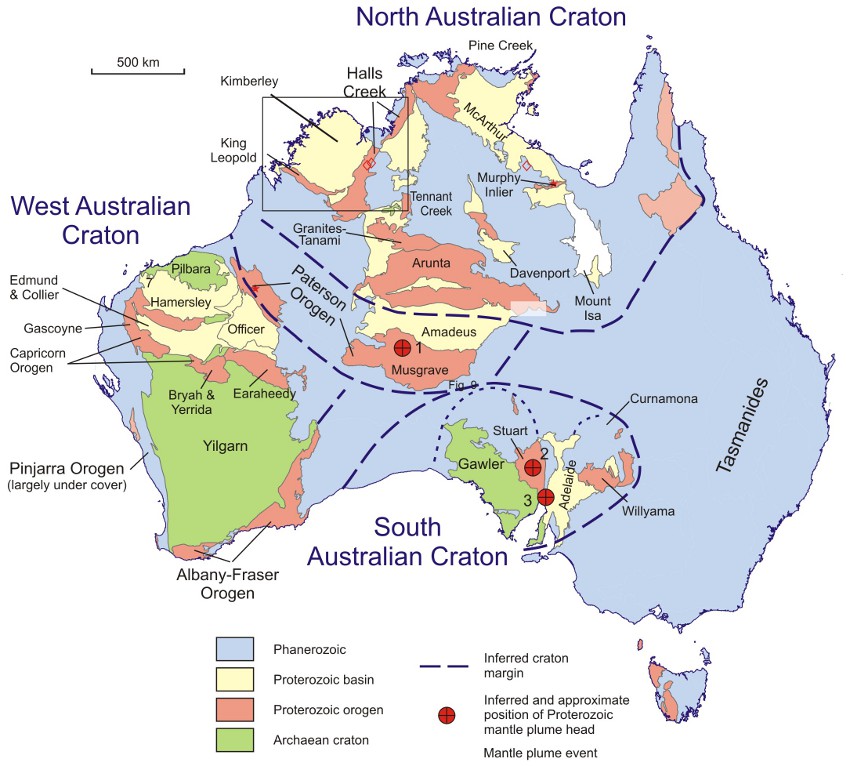 |
"Origin." Population of Australia 2012. 26 02 2012: n. page. Web. 10 Mar. 2013. <http://worldpopulationreview.com/population-of-australia/>.
|
The most recent Australian census held in 2011 reported to having 21,727,15 people which means that Australia is the fifty-second largest country in the world in terms of population. It is also the largest populous in Oceania, three times more large that Papua New Guinea.
In terms of surface area, Australia is the sixth largest country in the world, which means it is very sparsely populated. Much of the country is inhospitable which is why it is commonly called vast desert and intense heat. As
a result, most of its population is concentrated on or around the more
hospitable coastal areas. Australia’s population density is 2.9 people per square kilometers,
making it one of the least densely populated countries in the world.Some parts of
Australia are even less densely populated – in the Northern Territory,
for example, every square kilometer holds just about 0.2 people.However, if we look at the more densely populated coastal areas, the pattern changes dramatically.
Demographics
In the Australian population census of 2006, 37.13% of the population claimed their ancestry to be Australian.
Those claiming to be of English ancestry contributed to 32 per cent
of the final statistics.
Other included Irish at 9%, Scottish at 8%, Italian at 4% and Greek at 2%. Ever since the end of the first World War, immigration has highly increased in Australia as a whole and it has been claimed that in some areas this has been the main factor in a quadrupling the total
population from this point.This situation is still a factor in a steady increases but with a
healthy level of natural growth included, the population of Australia is set to rise by relatively significant levels through 2012 and beyond.
Discovery and Colonization

It is said that for at least 40,000 years
before
European settlement in the late 18th century, Australia was inhabited by indigenous Australians who might have belonged to roughly one or more 250 language groups.In 1606 after the discovery of Dutch explorers, Australia's eastern half was claimed by Great Britain in 1770 and settled through the transportation to the colony of New South Wales from January 26, 1788.
Then on January 1, 1901 the six colonies had federated, forming the Commonwealth of Australia. Ever since the Federation, Australia has maintained a stable liberal democratic political system that functions as a federal parliamentary democracy as well as a constitutional monarchy.
Australia Day
 |
| "What's On 4 School Kids?." Australia Day Celebrations for Aussie Kids. N.p.. Web. 10 Mar 2013. <http://www.whatson4schoolkids.com.au/australia-day-family-fun.asp>. |
Previously known as Anniversary Day, Foundation Day and ANA (Australian Native's Association Day) is the official national day of Australia. It is celebrated annually on January 26 to commemorate the arrival of the first fleet at Sydney Cove, New South Wales in 1788. It is celebrated with community festivals, concerts, and citizenship ceremonies. This day is celebrated in both large and
small communities and cities all around the nation; it has become
the biggest annual civic event.
Bibliography
Australia. australia.gov.au. European discovery and the colonisation of Australia. 2008. Web.








